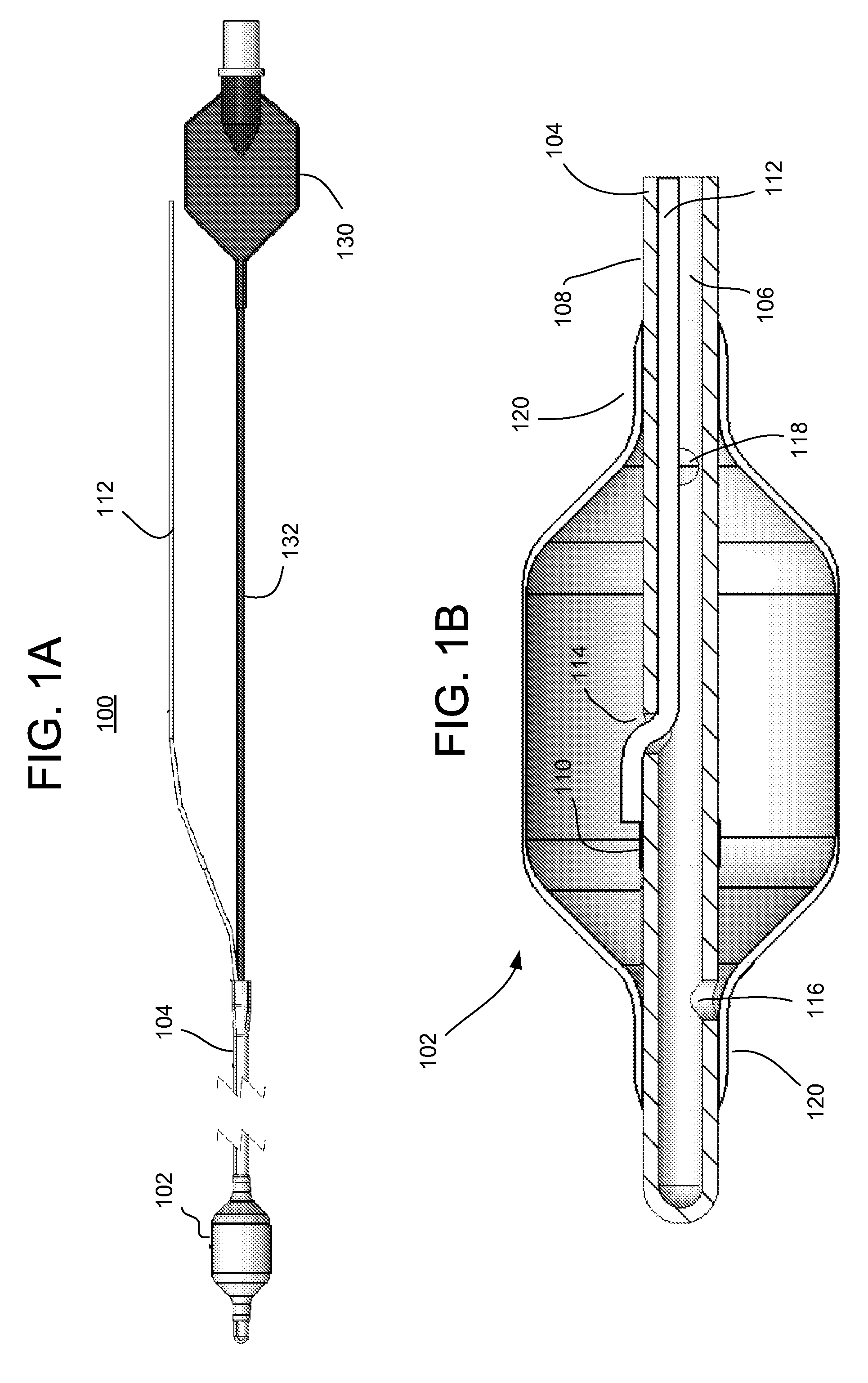Methods and apparatus for deep brain stimulation
a brain stimulation and deep brain technology, applied in the direction of catheters, artificial respiration, therapy, etc., can solve the problems of high cost of electrode implantation, high risk of surgical access to brain tissues, and high risk of device-related risks, so as to reduce the potential for collateral tissue damage or necrosis and/or excessive electric fields, precise positioning of electric fields, and the effect of detecting the diagnosis of a patient's hearing deficiency
- Summary
- Abstract
- Description
- Claims
- Application Information
AI Technical Summary
Benefits of technology
Problems solved by technology
Method used
Image
Examples
Embodiment Construction
[0031]In the present invention, electrical energy is applied to one or more electrodes in the presence of an electrically conductive fluid to deliver an electromagnetic field to a patient. For convenience, the remaining disclosure will be directed specifically to stimulation of the nerves within the frontal cortex and / or the cochlea with a device introduced into one of the sinus cavities of a patient, but it will be appreciated that the systems and methods of the present invention can be applied equally well to other tissues and nerves of the body, including but not limited to parasympathetic nerves, such as the vagus nerve, sympathetic nerves, spinal or cranial nerves, e.g., optic nerve, facial nerves, vestibulocochlear nerves and the like. In addition, the present invention can be applied to treat other ailments, such as asthma, COPD, sepsis, dialytic hypotension, epilepsy, depression or obesity and other procedures including open procedures, intravascular procedures, intervention...
PUM
 Login to View More
Login to View More Abstract
Description
Claims
Application Information
 Login to View More
Login to View More - R&D
- Intellectual Property
- Life Sciences
- Materials
- Tech Scout
- Unparalleled Data Quality
- Higher Quality Content
- 60% Fewer Hallucinations
Browse by: Latest US Patents, China's latest patents, Technical Efficacy Thesaurus, Application Domain, Technology Topic, Popular Technical Reports.
© 2025 PatSnap. All rights reserved.Legal|Privacy policy|Modern Slavery Act Transparency Statement|Sitemap|About US| Contact US: help@patsnap.com



